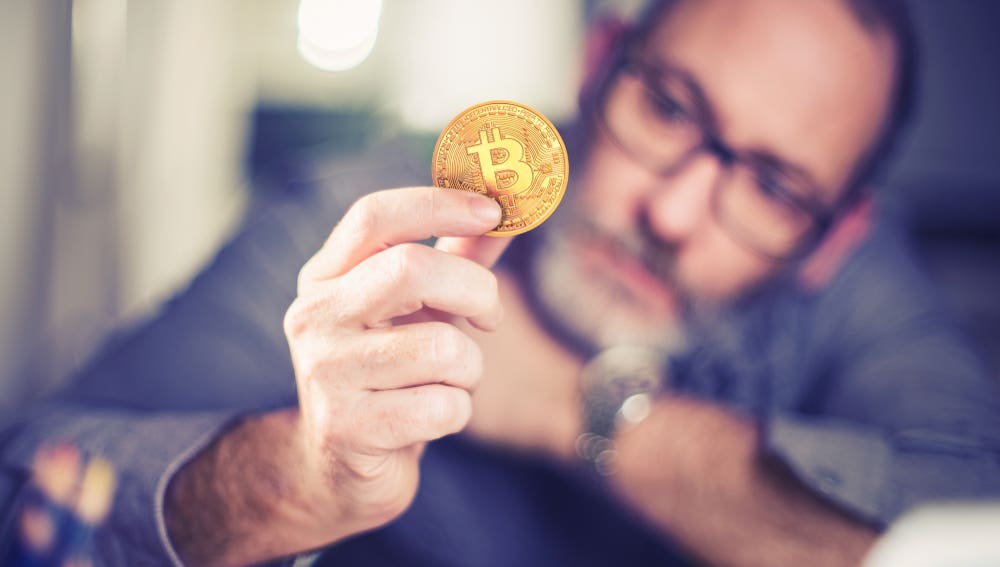1. Choose a crypto exchange
To buy bitcoin (BTC), or any cryptocurrency, you’ll need a crypto exchange where buyers and sellers meet to exchange dollars for coins.
There are hundreds of exchanges out there, including multiple Australian-based exchanges, but as a beginner, you’ll want to opt for one that balances ease of use with low fees and high security.
Make sure to check if your exchange has a bitcoin wallet built into its platform; if not, you’ll need to find one of your own. If you want to hold your crypto in a different wallet, you’ll need to sell your holdings and then re-buy them on a different exchange.
2. Decide on a Payment Method
After choosing an exchange, you have to fund your account before you can begin investing in bitcoin. Depending on the exchange, you can fund your account via bank transfer, card or via a debit or credit card. Exchanges operating in Australia will typically offer instant AUD deposits using PayID.
Because fees reduce how much money you can invest (and therefore also how much money you have to grow and compound), it tends to make sense to use electronic transfers from a bank account rather than other methods. In addition, if you use a credit card to buy cryptocurrency, it generally will count as a cash advance and be subject to a higher interest rate than you pay on regular charges. Remember that taking on debt to buy volatile investments is extremely risky.
You can decide which exchange is right for you by reading our guide to the top exchanges for Australians.
3. Place an Order
Once your account is funded, you can place your first order to buy bitcoin. Depending on the platform you’re using, you may be able to purchase it by tapping a button, or you may have to enter bitcoin’s ticker symbol (BTC). You’ll then have to input the amount you want to purchase.When the transaction is complete, you will own a portion of a bitcoin.
That’s because it requires a large upfront investment to buy a single bitcoin now. If bitcoin’s current price was $100,000, for example, you’d need to invest that much to buy a full bitcoin. If you invested less, say $1000, you’d get a percentage, in this case 1%, of a single bitcoin.
4. Select a Safe Storage Option
Many crypto exchanges have an integrated bitcoin wallet, or at least a preferred partner where you can hold your bitcoin. Some people, however, do not feel comfortable leaving their crypto connected to the internet, where it may be easily stolen by hackers.
Some major exchanges have private insurance to reimburse clients if this happens, and increasingly, they’re also storing the majority of customer assets offline in so-called ‘cold storage’. Yet, things can and do go wrong. Before it collapsed, FTX was considered one of the leading centralised exchanges in the crypto space. Despite this, millions of FTX users have been left empty-handed after the exchange declared bankruptcy.
Ideally, investors should store their crypto in their own wallet, separate from their exchange account. There are multiple types of wallets, from custodial, software and hardware wallets, some more secure than others. The security of custodial wallets is typically no different to what is provided by a centralised exchange, as there is still a third party holding your assets. Software wallets can be more secure, as there is no trusted third party, however, hackers can potentially exploit the wallet’s code as the private keys are still stored online.
The most secure option for storing bitcoin is to use a hardware wallet. These wallets are physical devices that keep your private keys offline, ensuring that your digital assets cannot be moved without your physical verification on the device. For investors with a substantial amount invested in bitcoin, it is highly recommended that a hardware wallet is used. It is important to keep in mind that if you move crypto from an exchange, no matter which wallet type you use, you may have to pay a small withdrawal fee.
Invest Smarter with eToro
Invest with a crypto brand trusted by millions. Buy and sell 70+ cryptoassets on a secure, easy-to-use platform
Crypto assets are unregulated & highly speculative. No consumer protection. Capital at risk.
This article was originally published by a www.forbes.com . Read the Original article here. .

